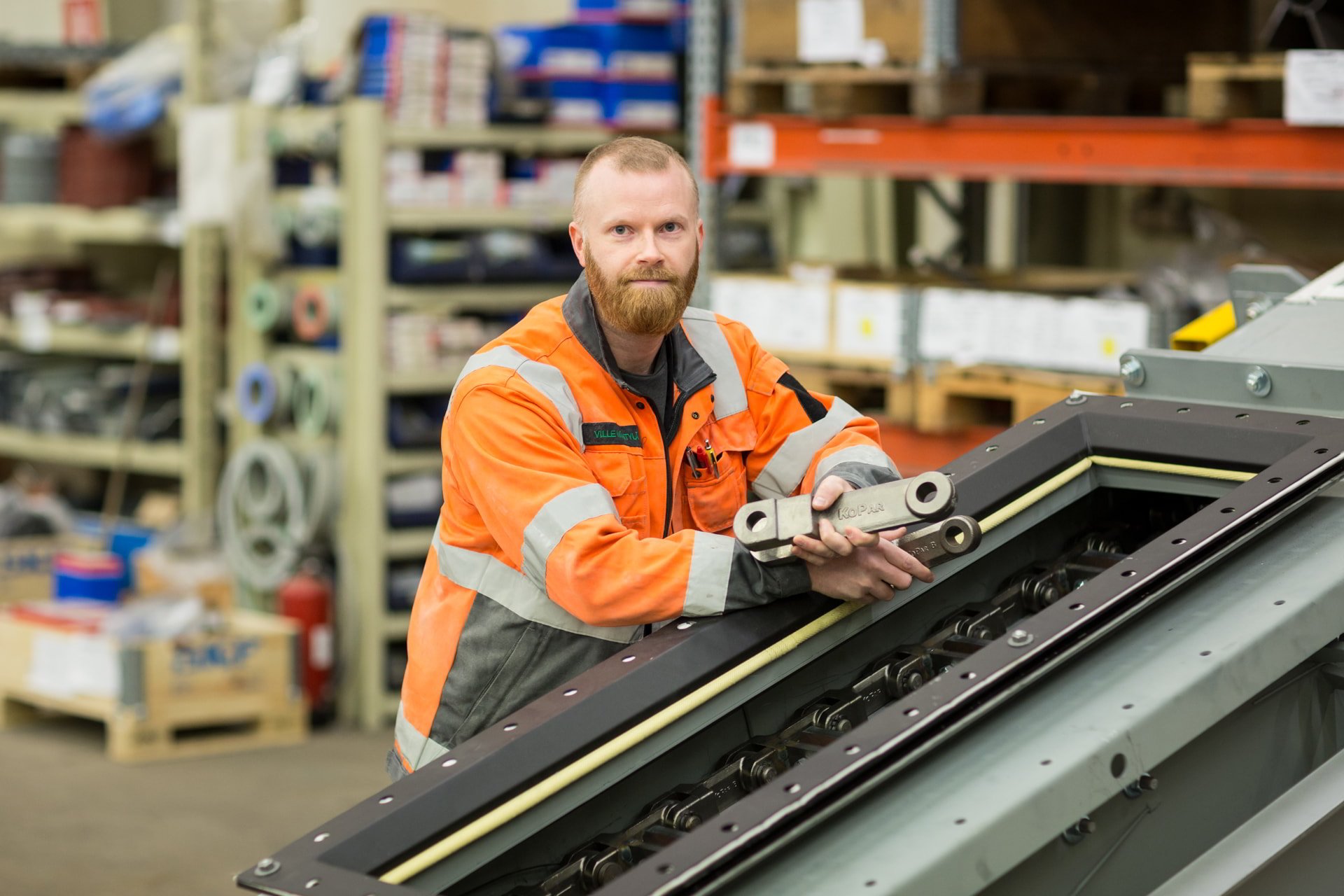Waste heat boilers play a pivotal role in enhancing energy efficiency by recovering and utilizing heat from industrial processes. These systems capture excess heat from sources such as flue gases and convert it into steam or hot water, which can be used for power generation or heating. This not only reduces energy consumption but also minimizes emissions and operational costs, aligning with the sustainable industrial practices that Kopar champions.
What is a waste heat boiler?
A waste heat boiler is a specialized system designed to recover heat from hot streams that possess substantial energy content, including sources such as flue gases from diesel generators or steam from cooling towers. The primary function of these boilers is to capture this heat and repurpose it, thereby enhancing overall energy efficiency. By utilising waste heat, industries can significantly reduce their dependence on additional energy inputs, making their processes more sustainable and cost-effective.
How does a waste heat boiler work?
The functioning of a waste heat boiler involves transferring heat from hot waste gases to a coolant, typically water. This process results in the transformation of the coolant into steam or hot water. This converted energy can then be employed for diverse purposes such as power generation, heating, or supporting other industrial operations. By doing so, these boilers minimize the need for fresh energy inputs, thereby fostering energy conservation.
Why is waste heat recovery important in industries?
Waste heat recovery is vital as it significantly boosts energy efficiency, leading to reduced operational costs and a lower environmental footprint. By capturing and reusing waste heat, industries can decrease greenhouse gas emissions and optimise resource utilisation. This approach not only yields substantial long-term cost savings but also aligns with modern sustainability goals, making it a critical component of progressive industrial strategies.
What are the types of waste heat boilers?
There are several types of waste heat boilers available, each suited to specific applications and efficiency levels. Common types include:
- Water tube boilers: Ideal for high-pressure applications.
- Fire tube boilers: Suitable for lower pressure operations.
- Coil type steam generators: Used for applications requiring rapid steam generation.
The choice of boiler depends on the characteristics of the waste heat source and the specific requirements of the industrial process.
What industries benefit most from waste heat boilers?
Industries such as petrochemical, power plants, steel, cement, and glass manufacturing are among the primary beneficiaries of waste heat boilers. These sectors typically involve high-temperature processes that generate significant waste heat. By capturing and reusing this heat, these industries can enhance their energy efficiency and operational sustainability, aligning with the aims of companies like Kopar.
How to choose the right waste heat boiler for your needs?
Selecting the appropriate waste heat boiler involves assessing several factors such as the temperature and composition of the waste heat source, desired energy output, space constraints, and budget. Collaborating with experts and suppliers can provide valuable insights into selecting the most suitable system tailored to specific industrial needs.
What are the future trends in waste heat boiler technology?
Emerging trends in waste heat boiler technology focus on enhancing efficiency and sustainability. Innovations include the use of advanced materials for improved performance, digital monitoring systems for predictive maintenance, and hybrid systems that integrate waste heat recovery with renewable energy sources. These advancements aim to optimize the performance of waste heat boilers and align with the broader goals of sustainable industrial practices.

You have a challenge that needs solving?
Let us help! Contact us for more information about our products and services.
